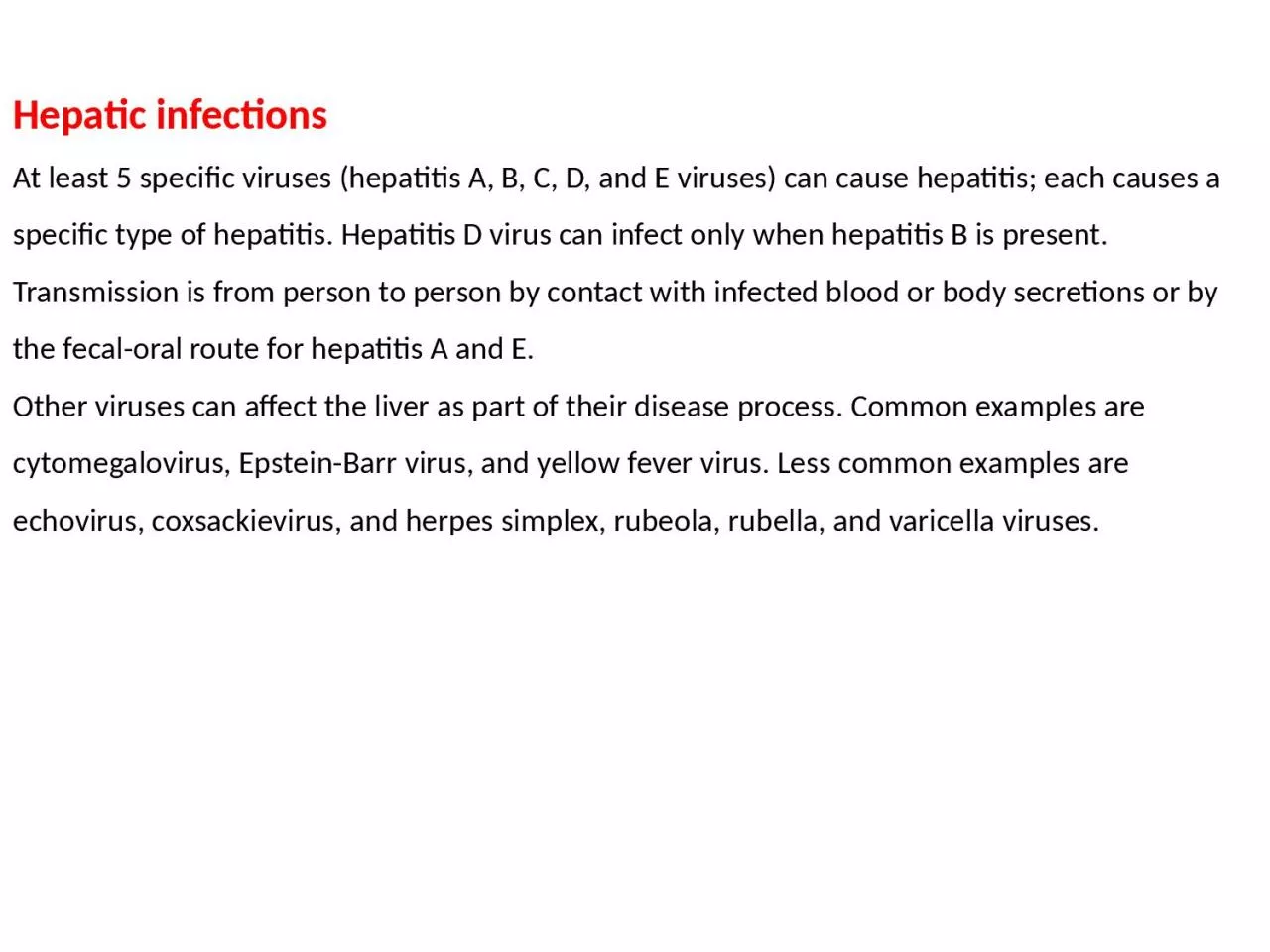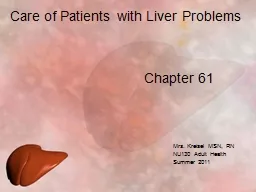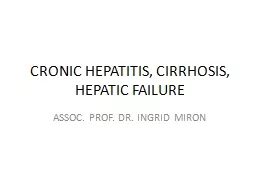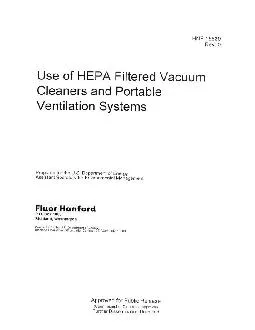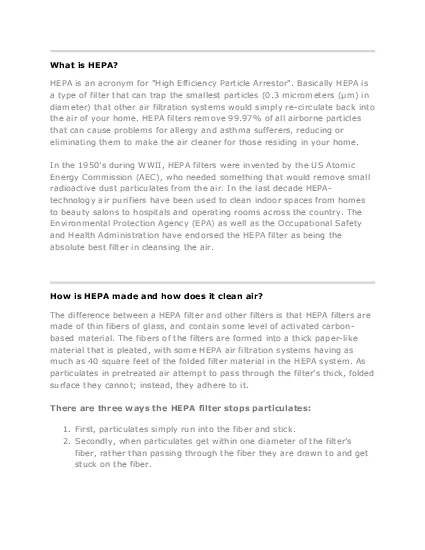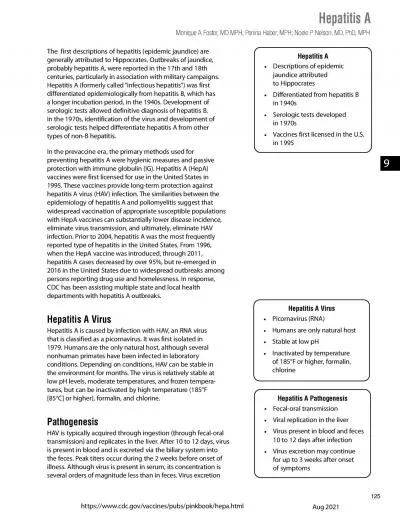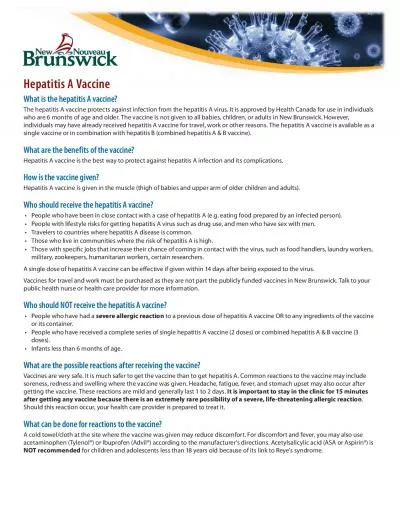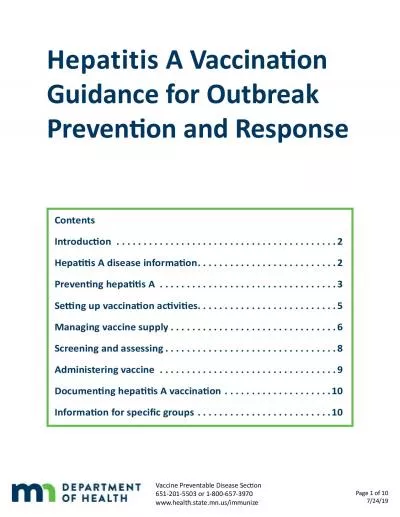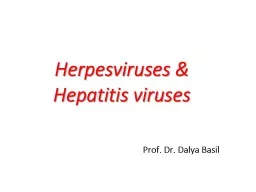PPT-Hepatic infections At least 5 specific viruses (hepatitis A, B, C, D, and E viruses) can
Author : SugarPie | Published Date : 2022-08-03
Other viruses can affect the liver as part of their disease process Common examples are cytomegalovirus EpsteinBarr virus and yellow fever virus Less common examples
Presentation Embed Code
Download Presentation
Download Presentation The PPT/PDF document "Hepatic infections At least 5 specific v..." is the property of its rightful owner. Permission is granted to download and print the materials on this website for personal, non-commercial use only, and to display it on your personal computer provided you do not modify the materials and that you retain all copyright notices contained in the materials. By downloading content from our website, you accept the terms of this agreement.
Hepatic infections At least 5 specific viruses (hepatitis A, B, C, D, and E viruses) can: Transcript
Download Rules Of Document
"Hepatic infections At least 5 specific viruses (hepatitis A, B, C, D, and E viruses) can"The content belongs to its owner. You may download and print it for personal use, without modification, and keep all copyright notices. By downloading, you agree to these terms.
Related Documents

